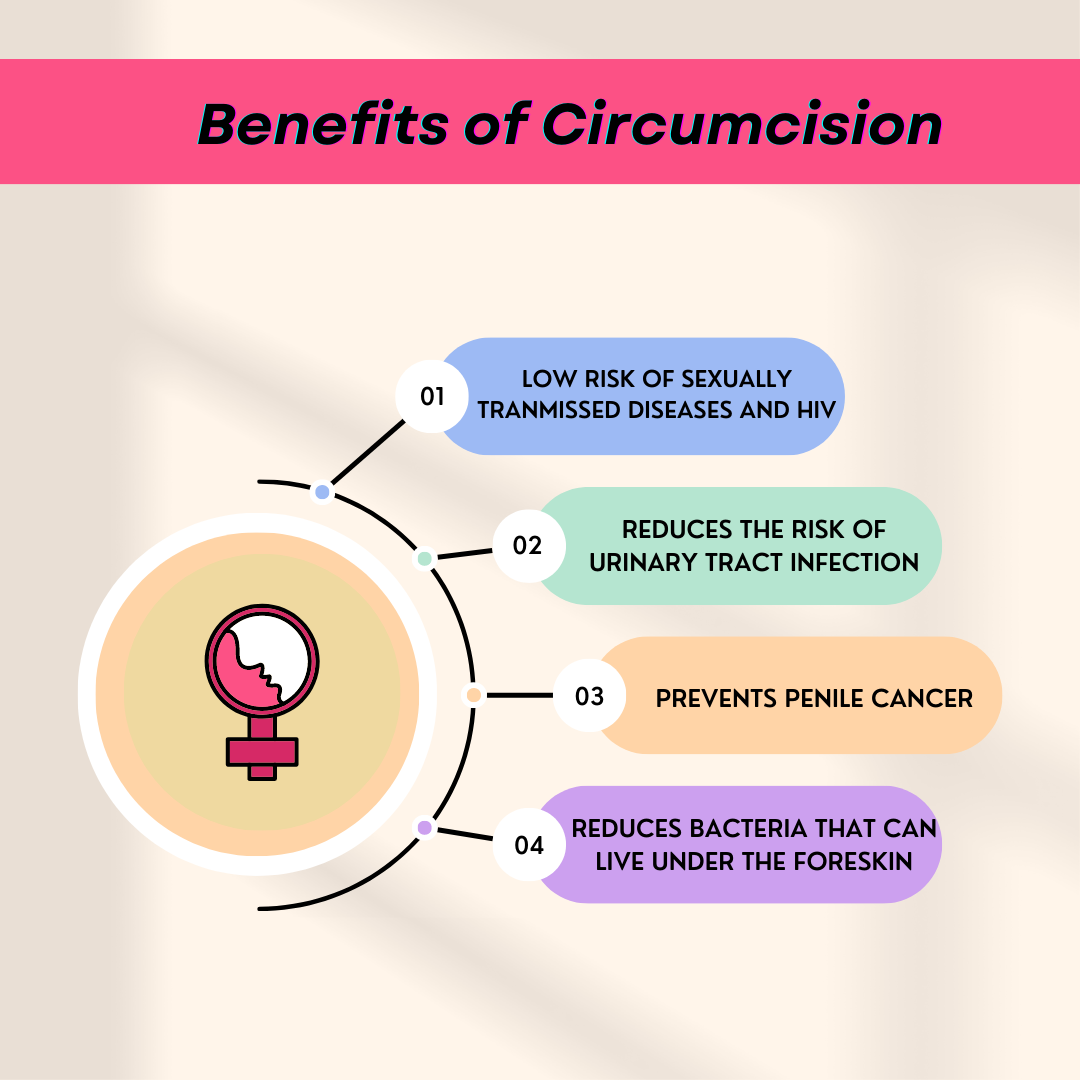Exploring Circumcision Ceremonies in Far East Asia
Circumcision ceremonies are deeply rooted in cultural and religious traditions across the globe, including Far East Asia. In countries like Indonesia, Malaysia, and the Philippines, circumcision holds significant cultural and social importance.
Rituals and Traditions:
Indonesia: In Indonesia, circumcision, known as “khitan,” is often performed as a rite of passage for boys. It symbolizes their transition to manhood and is celebrated with elaborate ceremonies involving family, friends, and the community.
Malaysia: Circumcision ceremonies, called “berkhatan,” are common among Malay Muslims. These events are often celebrated with feasting, prayers, and community gatherings.
The Philippines: In Filipino culture, circumcision is a significant event, usually performed during adolescence. It is often accompanied by family celebrations and community support.
Cultural Significance:
Health and Hygiene: While these ceremonies have cultural significance, they also serve health and hygiene purposes, as circumcision can reduce the risk of certain infections and diseases.
Social Cohesion: Circumcision ceremonies strengthen social bonds within communities and reinforce cultural identities, passing down traditions from generation to generation.
Celebrating Diversity:
Respect and Understanding: Learning about circumcision ceremonies in Far East Asia fosters respect and understanding for diverse cultural practices worldwide.
Shared Traditions: Despite differences in rituals and customs, these ceremonies highlight the universal themes of community, family, and tradition.
Share your thoughts: Have you experienced or participated in circumcision ceremonies in Far East Asia or elsewhere? We’d love to hear about your experiences and insights!



